A broad swath of Italian wealth is allocated to managed savings products; both in terms of collective management (funds), and portfolio management (asset management in funds), as well as the large aggregate of insurance management.
The first distinction in the analysis of these products, which therefore constitute the main asset of Italian investors, is to be found between the active and passive strategy of the fund. Active strategy identifies those funds whose purpose is to obtain a return higher than the market would otherwise offer, by exposing the portfolio to greater risk (risk remuneration). Passive strategy, on the other hand, refers to objectives are to obtain a return (excluding costs) identical to what the market would offer, by exposing the portfolio to an identical risk.
Therefore, in order to analyze the fund, it is necessary to carry out comparative analyzes with the market, for which benchmarks are used. The Italian Stock Exchange, at http://www.borsaitaliana.it/notizie/sotto-la-lente/benchmark.htm, refers to a benchmark as a reference parameter for comparing portfolio performance with respect to market performance. Being therefore representative of the reference market, benchmarks identify risk and return profile of the fund in question.
Once the reference benchmark has been identified, the second phase of analysis is reviewed, namely the cost identification step.
The standard costs of mutual funds are
1) entry and exit commissions
2) management commissions
3) trading or brokerage commissions
4) switch commissions
5) performance or incentive commissions
The cost element is certainly relevant during the review. It is the first element that determines any inefficiencies in managed savings products. These elements, in fact, generate a real commission that could be defined as “hidden” for the investor, because it is invisible. In fact, commission fees are deducted from the daily portion of the NAV (Net Asset Value) share, which measures the net assets of the fund. It is one of the most important components found in the inefficiencies of the funds, is structural in nature, and, therefore, recurrent over time. In the long run, it becomes the main reason for the deterioration of fund performance.
These cost components are easily eliminated or, in any case, significantly reduced. Costs can in fact be broken down using instruments with lower operating costs (elimination of the hidden commission). In addition, management inefficiencies are eliminated by choosing indexed financial instruments, which do not present any management risk.
In this way, we move on to a real “restructuring of the fund portfolio”. The analysis period lasts three years. The primary intervention aims first and foremost to minimize management costs on inefficient products. Secondly, the individual product is evaluated qualitatively, namely, with respect to the same choice made in the asset allocation of the model.
It can actually happen that by evaluating a client’s position, it may be necessary to also compare the macro exposure in place with that of the model asset allocation. In conclusion, it may be necessary, for example, to sell efficient equity instruments if the share in the equity exceeds the share foreseen for that risk profile.





